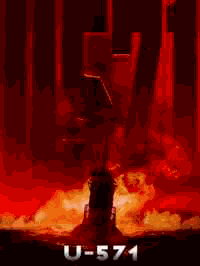

The Enigma machine was invented by German engineer Arthur Scherbius at the end of World War I. Many commentators say the flow of Ultra communications intelligence from the decrypting of Enigma, Lorenz, and other ciphers shortened the war substantially and may even have altered its outcome. Poland's sharing of her achievements enabled the western Allies to exploit Enigma-enciphered messages as a major source of intelligence.
#ABWEHR ENIGMA SIMULATOR SERIES#
While Nazi Germany introduced a series of improvements to the Enigma over the years, and these hampered decryption efforts, they did not prevent Poland from cracking the machine as early as December 1932 and reading messages prior to and into the war. The receiving station would have to know and use the exact settings employed by the transmitting station to successfully decrypt a message. The security of the system depends on machine settings that were generally changed daily, based on secret key lists distributed in advance, and on other settings that were changed for each message. The rotor mechanism changes the electrical connections between the keys and the lights with each keypress. Entering ciphertext transforms it back into readable plaintext. If plain text is entered, the illuminated letters are the ciphertext. In typical use, one person enters text on the Enigma's keyboard and another person writes down which of the 26 lights above the keyboard illuminated at each key press. The Enigma has an electromechanical rotor mechanism that scrambles the 26 letters of the alphabet. The Enigma machine was considered so secure that it was used to encipher the most top-secret messages. It was employed extensively by Nazi Germany during World War II, in all branches of the German military. The Enigma machine is a cipher device developed and used in the early- to mid-20th century to protect commercial, diplomatic, and military communication. Military Enigma machine, model "Enigma I", used during the late 1930s and during the war displayed at Museo Nazionale Scienza e Tecnologia Leonardo da Vinci, Milan, Italy


 0 kommentar(er)
0 kommentar(er)
